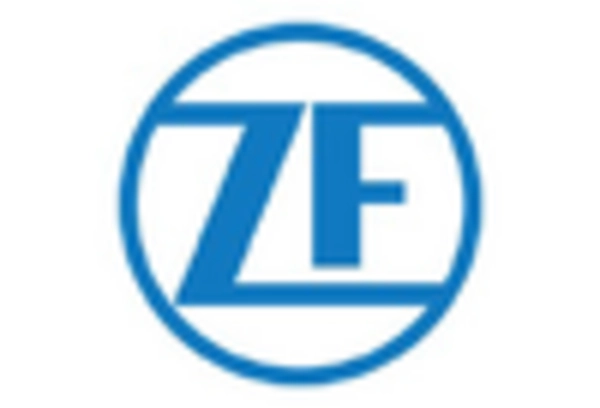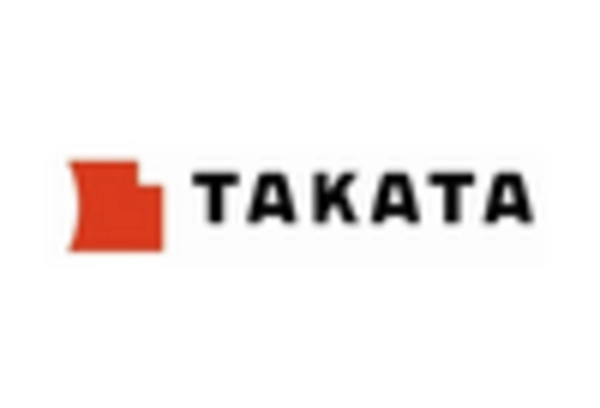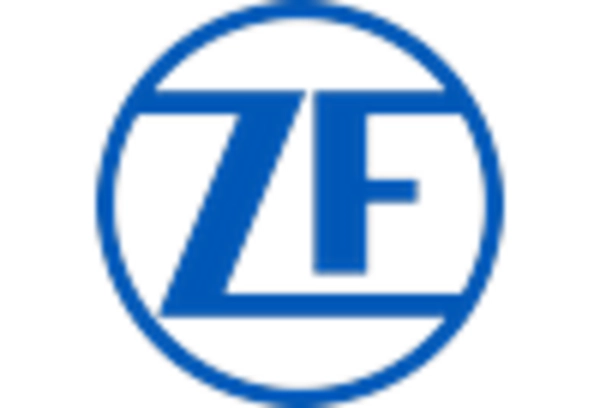The Smart Seat Belt Technology Market has gained significant attention as the automotive industry seeks to enhance passenger safety through innovative solutions. This market has been shaped by the rising demand for advanced safety features in vehicles, leading to extensive research and development initiatives aimed at integrating smart technologies.
Companies operating in this space are increasingly focusing on incorporating sensors, connectivity, and artificial intelligence into seat belt systems to provide enhanced protection and comfort. The competitive landscape is characterized by a mix of established automotive suppliers and startups, each striving to differentiate their products by offering superior functionalities, improved user experience, and compliance with stringent safety regulations.
As the industry evolves, collaborations and partnerships are becoming essential for companies to leverage each other's expertise and accelerate the deployment of smart seat belt technologies globally.
Aisin Seiki has positioned itself as a formidable player in the Smart Seat Belt Technology Market, demonstrating a robust commitment to research and innovation in automotive safety. The company boasts a strong legacy in automotive components, which underpins its technical proficiency in developing advanced seat belt technologies.
Aisin Seiki's strengths lie in its comprehensive understanding of vehicle dynamics and occupant protection systems, enabling it to create smart seat belts that not only enhance safety but also integrate seamlessly with vehicle systems.
This integration includes features that adapt to varying accident scenarios and provide real-time feedback to passengers, thereby elevating the overall user experience. With a solid manufacturing base and strong supply chain capabilities, Aisin Seiki is well-equipped to meet the growing demand for smart seat belt systems and maintain its competitive edge.
Honeywell offers significant contributions to the Smart Seat Belt Technology Market by leveraging its expertise in sensors, connectivity, and automation solutions. The company's strength lies in its innovative approach to enhancing safety through the use of cutting-edge technology that can be integrated into existing vehicle platforms.
Honeywell has developed advanced sensor technologies that can detect the presence of occupants and determine optimal restraint settings for different demographics, thereby increasing safety levels during a crash.
Furthermore, Honeywell's focus on connectivity allows for seamless communication between seat belt systems and other safety features within the vehicle, ensuring a holistic approach to occupant protection. The company's strong brand recognition and commitment to quality enable it to be a trusted partner for automotive manufacturers looking to implement smart seat belt solutions, positioning Honeywell favorably in this competitive market landscape.


















Leave a Comment